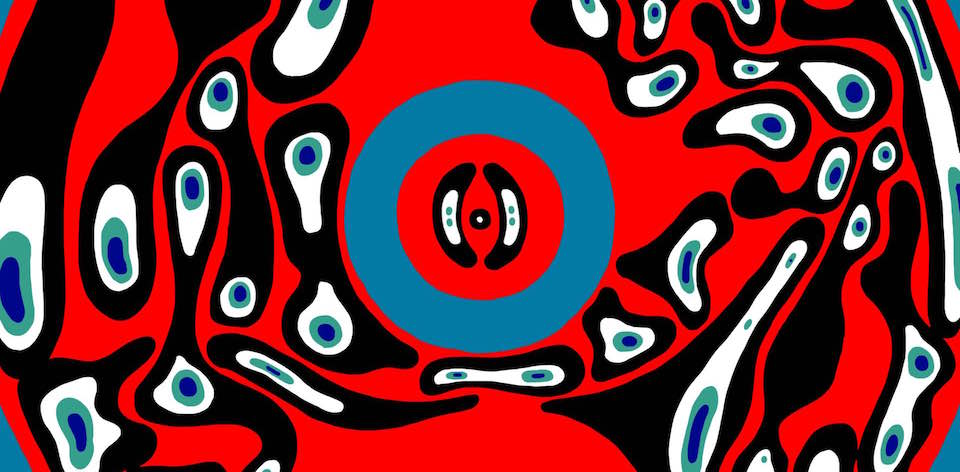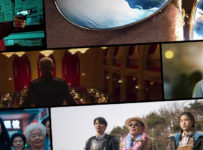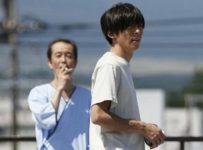In an film industry as prolific as Japan, it’s easy to overlook the short films that point the way to emerging talent. Even further on the fringes are the experimental shorts, those that push the envelope in terms of animation, miniatures, hand-made effects, and sensory overloads.
Inspired by Yasunari Kawabata, a classic Japanese writer who produced over 140 palm-of-the-hand short stories (some less than a page long), JAPAN CUTS 2019 is showcasing the work of a handful of talented filmmakers who follow in Kawabata’s stylistic footsteps.
Mirai Mizue’s THE DAWN OF APE, for example, is a 4-minute kaleidoscope of shapes and textures set to music by Twoth. Mizue cheekily tells us that the film is intended specifically for apes (but humans are fine to watch to). As we watch outtakes of chimps watching this very short, I have to ponder whether it is we who are the apes. Either way, we’re fascinated by the colours, man.
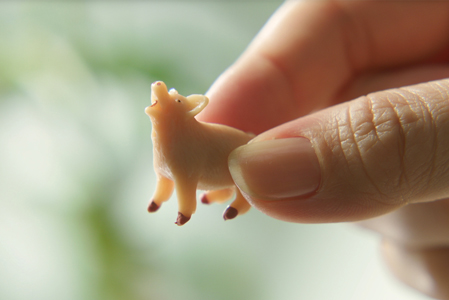
Short form also allows filmmakers to hone techniques that are potentially time consuming or too intricate to produce on a larger scale. Yoko Yuki’s A SNOWFLAKE IN THE NIGHT (夜になった雪のはなし), which uses stop motion animation and cutouts to depict a storybook version of metamorphosis over the changing seasons. The familiar technique takes on organic quality as Yuki cycles through the year, and we watch creatures transform before our eyes.
By contrast, the playful MOUNTAIN, from director Isamu Hirabayashi, sees tiny figurines interacting to save Mr. Dung Beetle, who is trapped on his back. The playthings of a bored pregnant woman (the delightful Kanako Higashi), whose belly forms the “mountain” of the title. Hirabayashi brings them to life with nothing more than Higashi’s hand movements as she interacts with her unborn child.
Then there’s the longer form experimental shorts, such as Yoko Yuki’s other offering, 100PERCENTELECTRICAL (電気100%), which is a really clever use of space and blended media that is part Thailand travelogue and part mindscape freakout. The mixed media approach messes with our notion of dimensionality, with the conversational voices of two friends overlapping and echoing in from some distant place.
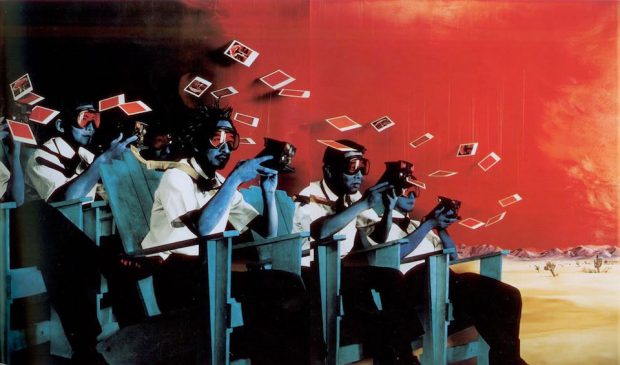
LIVING IN THE STORY is proof positive that the experimental form can be applied to documentaries as well, with director Lynn Estomin exploring the work of late Japanese American artist Patrick Nagatani. The rapid-fire piece takes us through the life and work of the artist, quickly making us experts on his post-nuclear work with photography. Here the experimentation is two-fold: that of the artist and of the filmmaker, blending seamlessly in this educational and visually immersive short.
The best of the crop, at least in terms of the scope of animation, is Masanao Kawajiri’s THE JAPANESE BOY WHO DRAWS (ある日本の絵描き少年’). An amazing achievement, blending sketches, animation, rotoscope, live action, cutout, and just about any other technique you can think of all in aid of exploring the inner life and anxiety of an artist. I can relate.
The shorts are screened at JAPAN CUTS 2019 in New York. Check out their website for more details and the rest of their fabulous program.

